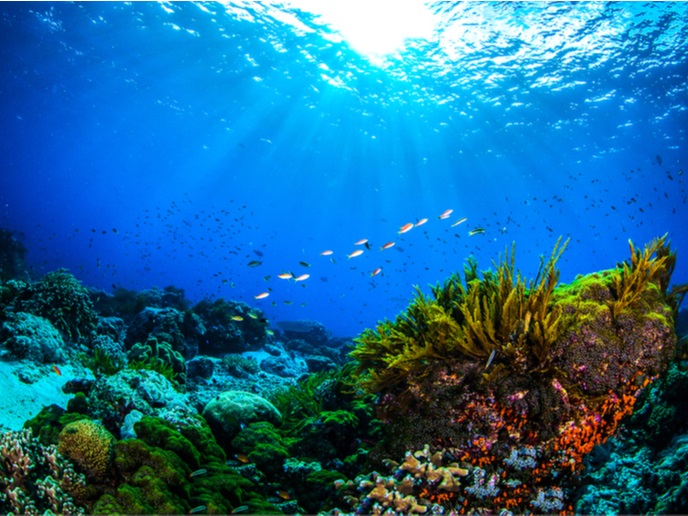Corals serve as a host to algae, providing them with a protected environment for photosynthesis, while algae in turn lend them bright colours and produce sugars the corals consume.
.
EU-funded scientists have 3D-printed coral structures that replicate this symbiosis more efficiently than the real ones.
.
The mutually beneficial relationship between algae and corals began million years ago and is crucial for the health of coral reefs which provide habitat for roughly 1/4 of all marine life. The competition for space and sunlight between different marine organisms has made corals adapt their structure to efficiently collect and diffuse light for use by resident microalgae. With EU funding of the BioMIC-FUEL project, scientists from the University of Cambridge successfully imitated this coral micro-ecosystem, producing microalgae up to 100 times more densely than natural corals.
.
“Our goal was to use corals as inspiration to develop more productive […]
Case Study: How PepsiCo achieved 96% cost savings on tooling with 3D Printing Technology
Above: PepsiCo food, snack, and beverage product line-up/Source: PepsiCo PepsiCo turned to tooling with 3D printing...






























0 Comments